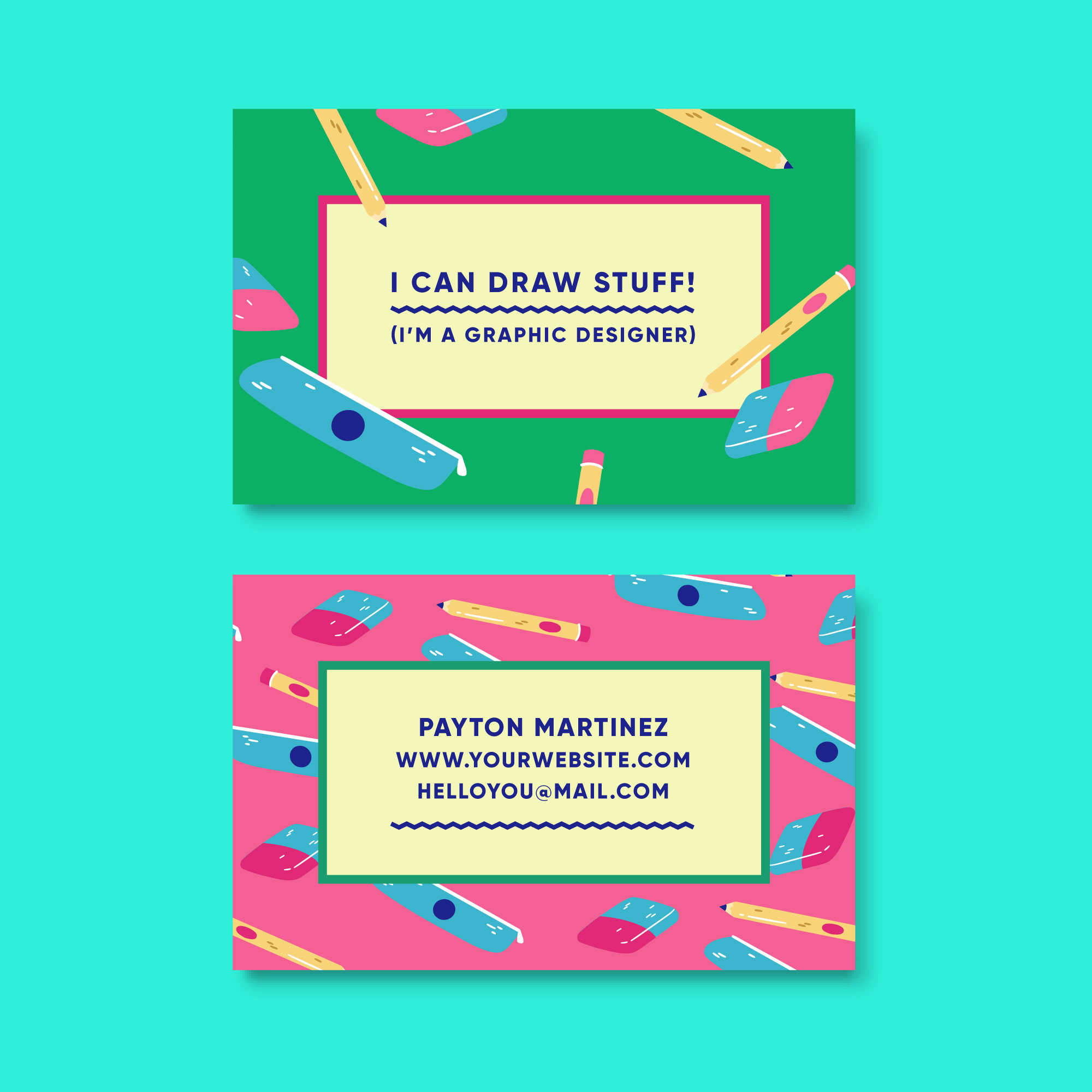In a world where everything seems digital, handing someone a small card might feel old-school. But for students looking to stand out, a business card can be a smart move. It’s not just about looking professional—it’s about being remembered.
Whether you’re meeting someone at a career fair, attending a conference, or even introducing yourself at a networking event, a thoughtfully designed business card can leave a lasting impression. For students who write essays for money, freelance, or are part of clubs, student government, or internships, a business card helps bridge that gap between campus life and professional growth.

Table of Contents
- You’re Building a Brand—Start Early
- When Students Should Use a Business Card
- What to Include on a Student Business Card
- The Design Process: Quick & Student-Friendly
- Section: What Sets a Student Business Card Apart
- Business Cards & Digital Connections: Best of Both Worlds
- Business Card Mistakes to Avoid
- How Business Cards Can Boost Student Careers
- Final Thoughts: Small Card, Big Opportunities
You’re Building a Brand—Start Early
Think of your business card as your personal logo. You don’t need a company to have a brand. Your name, major, email, phone number, and maybe a LinkedIn link—these are all part of your student brand.
Many students learn about formatting documents like a student business letter, but branding yourself is the next step. A card shows you’re serious, organized, and thinking about your future. And that speaks volumes—even if you’re still figuring things out.
When Students Should Use a Business Card
A business card for college student needs isn’t just for career fairs (though they’re great for that too). You can use your card:
- When applying for internships
- While attending conferences, summits, or student competitions
- During job shadowing or mentorship programs
- When collaborating on research or creative projects
- If you run an online business for student projects like art, tutoring, or content creation
A business card isn’t about pretending you’re a CEO—it’s about showing up with confidence and clarity.
What to Include on a Student Business Card
Your business card should be simple but powerful. Here’s what it needs:
- Full name;
- Major or focus area;
- Email address and phone number;
- LinkedIn profile or personal website;
- Optional: a QR code, school name, or brief tagline.
Avoid clutter. Keep fonts readable. Use school-friendly colors or simple designs. If you’re unsure, ask a professor or mentor to look it over—especially if you’re also creating a resume.
The Design Process: Quick & Student-Friendly
You don’t need a design degree to create a card. Use free tools like Canva or VistaPrint’s templates. Many of them even guide you through fonts and color pairings. Choose a layout that makes sense and leaves white space—it helps your info stand out.
One thing to consider: how your card fits into your laptop sleeve or wallet. If you’re already investing in the best laptop for business student needs, slide a few cards into the case. You’ll always be prepared when opportunity strikes.
Section: What Sets a Student Business Card Apart
Students face different networking scenarios than seasoned professionals. Here’s what makes their cards different—and why that matters.
It Feels Like You
Your card shouldn’t look like your parents’ business card. It should reflect your style. You might add a subtle pop of color, a clean headshot, or a line about your interests—think “Marketing student who loves social media strategy.”
It’s a Conversation Starter
Unlike traditional cards, a business card for student use often sparks curiosity. Why does a student have a business card? That small move shows initiative. You’ve already proven that you’re ready to connect.
It Fits Many Roles
You might be a student, part-time freelancer, and club leader all at once. A student card gives you space to highlight your versatility, which looks great to mentors and employers alike.
Business Cards & Digital Connections: Best of Both Worlds
Just because you hand someone a card doesn’t mean you skip digital follow-up. Think of the card as step one—your intro. The real win comes when they email you, check your LinkedIn, or visit your site.
That’s where having tools that complement your workflow matters. If you’re shopping for the best laptop for a business student, consider features like long battery life, built-in webcams for video interviews, and software compatibility for presentations or resumes.
Business Card Mistakes to Avoid
Creating your first card is exciting—but it’s easy to go overboard. Here are a few mistakes to watch out for:
- Cluttered design: Cramming in too much info makes it hard to read.
- Tiny fonts: If someone squints to read it, it’s not working.
- Outdated info: Always make sure your contact details and links work.
- Overly casual tone: A fun line is great—just don’t go full emoji.
Keep it clean, thoughtful, and respectful of your audience. Think of how you’d present yourself in an email or student business letter format for students and match that tone.
How Business Cards Can Boost Student Careers
Many students don’t realize that career success starts well before graduation. By having a business card, you’re showing that you’ve already stepped into a more professional mindset. That kind of initiative is something recruiters notice.
If you’re also working on your resume for business student applications, your business card can reinforce your image. A consistent design theme between the two can make you even more memorable.
Final Thoughts: Small Card, Big Opportunities
A business card might seem like a small detail, but it can make a huge impact on your future. Whether you’re meeting people at networking events, applying for internships, or simply making connections in your field, having a business card makes you stand out. It shows you are ready to take your professional life seriously, even before graduation.
It’s not just about what’s on the card, but about the opportunity it creates to start meaningful conversations. By handing out a card, you’re showing initiative and taking control of your personal brand. That small gesture can open the door to new opportunities, collaborations, and even job offers. So, while it may seem simple, having a business card is a smart step toward building your career—one connection at a time.

Andrej Fedek is the creator and the one-person owner of two blogs: InterCool Studio and CareersMomentum. As an experienced marketer, he is driven by turning leads into customers with White Hat SEO techniques. Besides being a boss, he is a real team player with a great sense of equality.
